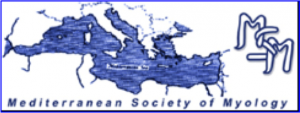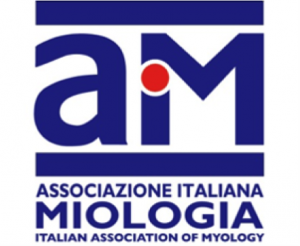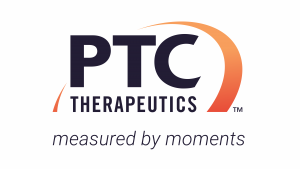Limb-girdle muscular dystrophies (LGMD) are a highly heterogeneous group of muscle disorders, which first affect the voluntary muscles of the hip and shoulder areas. The definition is highly descriptive and less ambiguous by exclusion: non-X-linked, non-FSH, non-myotonic, non-distal, nonsyndromic, and non-congenital. At present, the genetic classification is becoming too complex, since the acronym LGMD has also been used for a number of other myopathic disorders with overlapping phenotypes. Today, the list of genes to be screened is too large for the gene-by-gene approach and it is well suited for targeted next generation sequencing (NGS) panels that should include any gene that has been so far associated with a clinical picture of LGMD. The present review has the aim of recapitulating the genetic basis of LGMD ordering and of proposing a nomenclature for the orphan forms. This is useful given the pace of new discoveries. Thity-one loci have been identified so far, eight autosomal dominant and 23 autosomal recessive. The dominant forms (LGMD1) are: LGMD1A (myotilin), LGMD1B (lamin A/C), LGMD1C (caveolin 3), LGMD1D (DNAJB6), LGMD1E (desmin), LGMD1F (transportin 3), LGMD1G (HNRPDL), LGMD1H (chr. 3). The autosomal recessive forms (LGMD2) are: LGMD2A (calpain 3), LGMD2B (dysferlin), LGMD2C (γ sarcoglycan), LGMD2D (α sarcoglycan), LGMD2E (β sarcoglycan), LGMD2F (δ sarcoglycan), LGMD2G (telethonin), LGMD2H (TRIM32), LGMD2I (FKRP), LGMD2J (titin), LGMD2K (POMT1), LGMD2L (anoctamin 5), LGMD2M (fukutin), LGMD2N (POMT2), LGMD2O (POMTnG1), LGMD2P (dystroglycan), LGMD2Q (plectin), LGMD2R (desmin), LGMD2S (TRAPPC11), LGMD2T (GMPPB), LGMD2U (ISPD), LGMD2V (Glucosidase, alpha ), LGMD2W (PINCH2).






